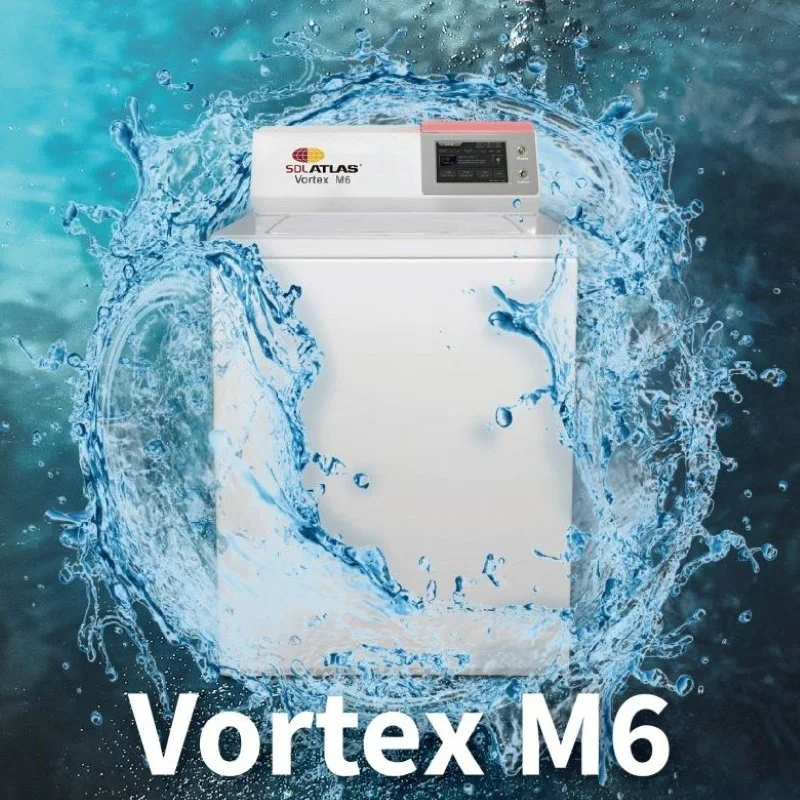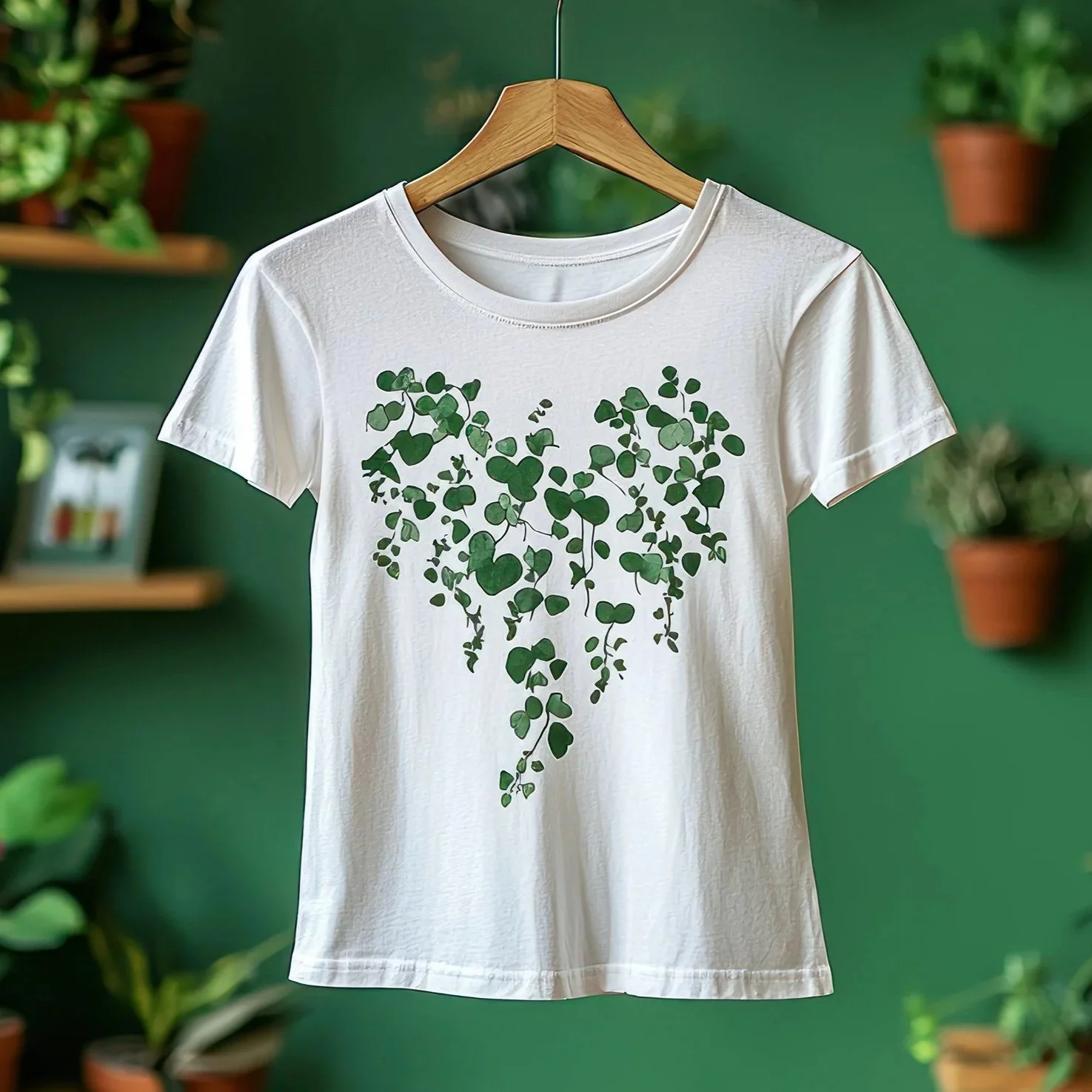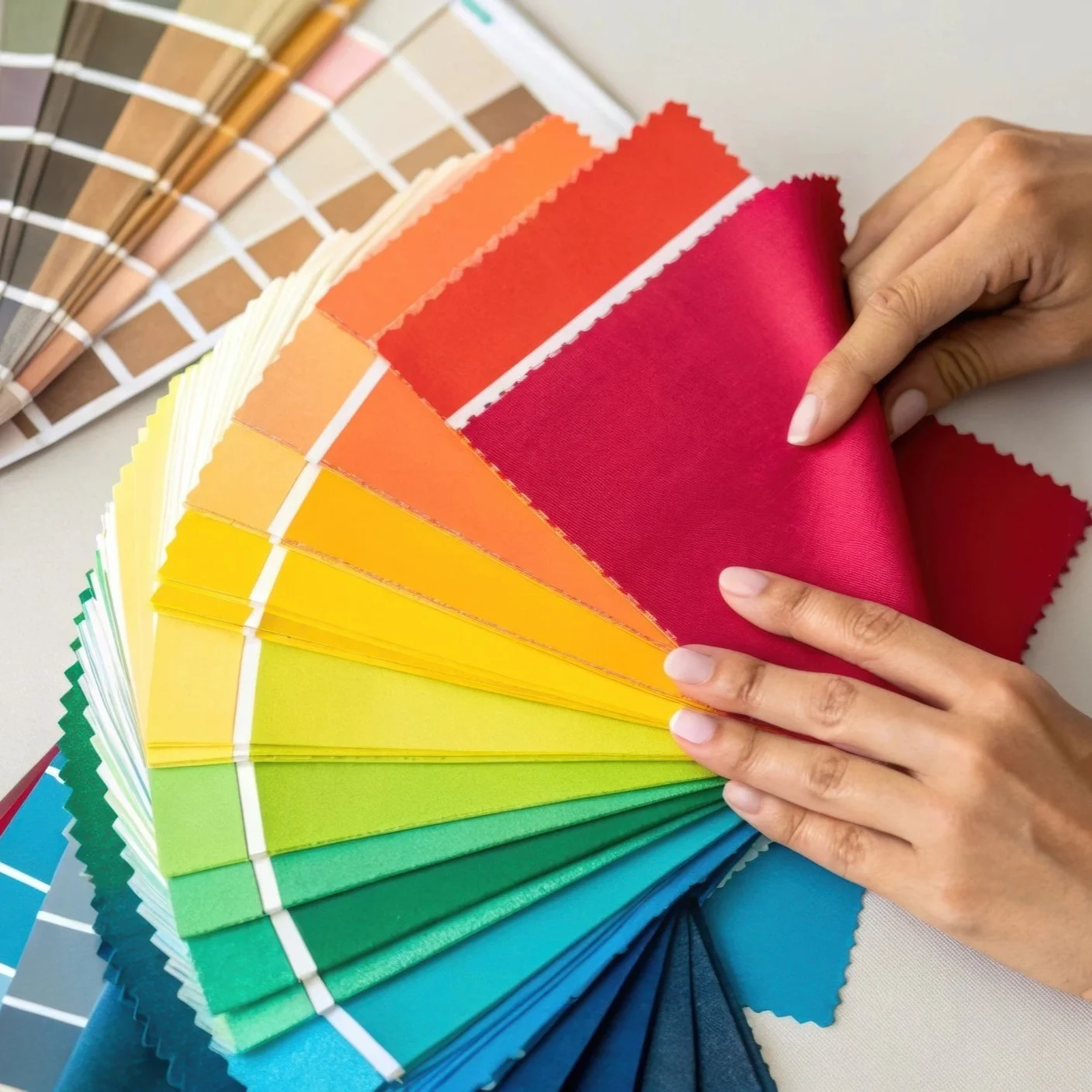A QUICK GUIDE TO ESSENTIAL TESTING EQUIPMENT FOR THE DIGITAL TEXTILE PRINTER
Image Courtesy of Pxhere
How does the Digital Textile Printer maintain essential confidence in the quality of production?
A working knowledge of the Digital Textile Printer’s Selling Standards is assumed. A practitioners knowledge must include an understanding of basic Fabric Fastnesses and an understanding of the Print buyer’s technical requirements.
What are the Techniques and what Equipment is required?
Starting at the beginning with cloth purchase, and working through to final delivery. We will specify equipment required, which, in most cases doesn’t have to involve major expenditure. A simple Testing Facility, and the confidence that it gives, is essential best practice for all Digital Textile printers.
Fabric Pre-Purchase Assessment , the process of buying, checking and sourcing fabrics for print.
The first, and absolutely essential item is the Thread Count Magnifier.
Image courtesy of Equiptex Ltd.
Readily available from a wide range of sources, including Amazon, and costs between £5 - £8.
Using this device, the thread count of the fabric can be readily ascertained, so that fabric supplier claims for thread density can be verified.
It is also used for checking on Print Mark and Register during printing, where it allows the viewer to see the Print characteristics on a magnified scale.
The second item for consideration is called a Line Grating or Lunometer which allows for a more accurate and instantaneous assessment of thread density.
Image courtesy of Lunometer.com
The Lunometer ® is a transparent vinyl plate containing a high precision sequence of lines corresponding numbered graduations.
When placed over woven or knitted material, it produces a measurement pattern that enables the Lunometer® to provide an accurate thread count; the number of warp and filling yarns in a square inch or centimetre of fabric.
This item costs in the region of £20 and is a very useful aide for accurate fabric assessment.
The third item, which really is a must-have, is the Circular GSM Cutter.
A small, inexpensive item which enables the grammes per square metre of any fabric to be tested.
Image courtesy of James Heal Ltd
Costing about £40 circular cuts are taken from the object fabric, then weighed on a digital scale, so that, in cases of dispute, the Digital Textile Printer can discover the gsm of any fabric within seconds.
This process can also be used after printing to determine the specific weight of printed fabric .
Finally, for fabric whiteness measurement is a Reflectometer.
Image courtesy of Equiptex Ltd
This instrument measures the whiteness of fabric, so important to Digital Textile Printers, and costing £300. Strictly speaking some of its functions can be performed by the Colour Matching Cabinet, about which, more below.
After Fabric Pre-Purchase Assessment comes In-Work Fabric Testing.
Here, and top of this list, comes the Colour Matching Cabinet.
Image courtesy of James Heal Ltd
All Digital Textile Print customers demand accurate colour matching, often to an existing fabric sample.
There is a great diversity of light source in any given environment, and the only true way to measure colour matching is in the controlled space of a Colour Matching Cabinet.
Here, the printer can accurately assess the match of his print production to the fabric sample provided.
Colour perception changes between light source, and the Colour Matching Cabinet provides a range of light sources to explore the quality of the colour match being assessed.
A typical combination includes: D65, Artificial Daylight – 840, (formerly TL84) a Point of Sale lamp - F, Tungsten Filament (typical home lighting) and UV, Ultra Violet Blacklight.
These Internationally accepted light-sources provide a Standards based means of Colour Assessment, that customers will acknowledge, and which will add certainty to the Print Production Process.
Colour Matching Cabinets costing £1000 and are an absolutely essential item for best practice in Digital Textile Printing.
The Second item for In-Work Fabric Testing and also absolutely essential, is a Pantone Reference Book.
Image courtesy of pxhere
Customers so often quote ‘Pantone References’ to the Printer, and, because of the possibility of misunderstanding, it is vital that such communications are conducted through an objective accepted medium such as the Pantone Chip Guide.
However, here is a problem, because there are a multiplicity of Pantone Guides available. So, it is in the interests of all parties that a particular guide is specified and then used, for matching.
Pantone guides are available widely, and cost from about £80.00 upwards.
The final two items for In-Work Fabric Testing are Continuity Testing and Works Standard Testing
Continuity Testing is especially important when printing repeats for large clients. It’s a process by which, each time a pattern is printed, a cutting is taken, dated and then filed.
In time this generates a history of production, so that a strike off from any new print of the same pattern can be viewed in the Colour Matching Cabinet and, the strike off can be assessed against previous printings. This process, on it’s own, can generate relevant authentication of the strike off, before it is allowed to proceed into full production.
Finally we have Works Standard Image Testing.
This is a process by which the performance of any printing machine is assessed against it’s history of printing the same image.
Profiles slip, fabrics vary and inks change, so it is vital that all printing machines are tested against previously accepted prints of a Standard Print Calibration Image.
Image courtesy of Wikimedia
The standard image usually has a spread of colour, intensity and hue, so that any variations can be immediately obvious and any required alterations to any of the printing variables can be made.
Post-Print Testing
Arguably the most significant area for Fabric testing, since it involves assessing the results against the commercially accepted Norms and Standards which govern the Digital Textile Printing trade.
Post print testing is mostly about Colour Fastness.
Colour Fastness is defined as ‘That property of a pigment or dye on a fabric to retain it’s original hue without fading, running or changing when , wetted, washed , cleaned, or exposed to light heat or other influences.
The first of these tests in Post-Print Testing is for Wash-Fastness.
Wash fastness, testing is required on a regular basis, however it is a relatively easy test to complete in a works environment. The equipment required is a simple Automatic Washing Machine, which can replicate a normal domestic wash cycle.
Image courtesy of Currys Plc.
The choice of detergent, the loading factor and the heat of the wash can all be pre-determined by the user, and those choices will give a greater or lesser degree of certainty that the product being sold will conform to the relevant standards, in this case, is EN-ISO-105-X10.
Automatic washing machines are widely available from about £150.00 upwards, and it is essential that this test facility is available in-house, to provide a readily available reference point in the case of dispute.
The second fastness test in Post-Print Testing is for Light-Fastness.
This test is not regularly required at all. It is important, but, complaints or queries about light-fastness are not common, so therefore they are best handled by an accredited laboratory, who will provide a light fast test for the printed fabric for about £100 per sample.
The relevant Standard is EN-ISO-105B02 and the testing machine used is a Xenon Light Exposure Cabinet, an expensive item costing often more than £3000
Image courtesy of the James Heal Ltd.
The third fastness tests in Post-Print Testing are for Rub-Fastness
Wet and Dry Rub Fastness…..measures the resistance of the Print to Colour Transference when exposed to wet or dry rubbing.
This is an important performance indicator for printed fabrics, since it determines whether colour will transfer from the fabric during the uses recommended by the Printer for the fabric that is being sold.
It is of particular importance in fashion, Interior Decor and Upholstery printing, since a poor rub-fastness can cause transfer of colour onto clothing during use.
The instrument used is a Crockmeter.
Image courtesy of James Heal Ltd.
The fabric sample is attached to the oscillating arm, and rubbed against a strip of white fabric, the resultant discolouring of the white fabric determines the performance of the printed fabric.
The Crockmeter costs new about £200.00, but can be bought for about £70.00 from a variety of used equipment sources.
Finally, in Post-Print Testing there are two further, but optional testing regimes.
Martindale Abrasion Testing
The Martindale is a test for quantifying the Abrasion Resistance of Textiles, especially when used for Upholstery. Measured in cycles, the minimum standard for Domestic Upholstery is 30,000 cycles and 50,000 cycles for Contract.
The instrument used is a Martindale Device
Image courtesy of James Heal Ltd.
This instrument rotates the fabric against a fixed strip for a required number of cycles. Then, the number of cycles achieved before the fabric degrades, is known as the Martindale rating, and it is used extensively in the Furniture Industry to measure resistance to abrasion.
Costing approx £1750
Cusick Drape Testing
The Cusick Drape test measures the Drape of a Fabric which is the term used to describe the way a fabric hangs under its own weight. Measurement of a Fabric‘s drape is meant to assess its ability to hang in curve dependent on end use.
The instrument used is a Cusick device.
Image courtesy of Testex
The use of this device is particularly important in printing for Fashion, where fabric drape and flexibility are vital components of the finished product.
The Supply of Printed Fabric can be fraught with Technical problems. Only by employing regular testing regimes, can best practice and quality control be assured in order to deliver consistency and compliance to Textile Standards and Regulation.
A working knowledge of the required physical performance parameters of printed fabric is an essential part of any Digital Printer’s toolkit.
Ignorance of these standards will only cause commercial hardship and stress, and therefore it is vital that all Digital Textile Printers get to know what standards are required, and set about a production regime that delivers best practice and high quality.
Simple continuous testing of textile production using traditional, tried and tested methods and a small amount of equipment, will provide accuracy in digital textile production.






















































